While researching various bushcraft and survival topics, I constantly encounter inconsistencies and errors on reputable websites. Therefore, I have gotten into the habit of checking many postulates myself. One of these statements is that Prometheus brought fire to Earth with the Giant Fennel pith, and I wanted to find out if that could be true.
The Prometheus legend

This website summarizes the Prometheus legend in a very concentrated manner as follows:
‘… Losing fire was a devastating event to humanity. No longer able to cook or warm themselves, men, women, and children lived out lives of misery in a cold world. Thankfully, Prometheus couldn’t stand by and remain indifferent to Zeus’s retribution. He decides to use his cunning skills to trick Zeus once again.
Climbing Mount Olympus, Prometheus made his way into the workshop of the god Hephaestus. Hephaestus was the Greek god of metalworking; his workshop would have been used to fashion the very armor of the gods. Not to be deterred from his mission, Prometheus stole fire from Hephaestus and returned to the world of humanity…
…Prometheus concealed the fire in a hollow stalk of a Giant Fennel plant. With the flame concealed inside the Giant Fennel stalk, Prometheus was able to transport fire from Mount Olympus to Earth….‘
Based on this claim, I checked the legend with subsequent experiments.
Smoldering test 1 – Lighting Giant Fennel pith with a butane lighter
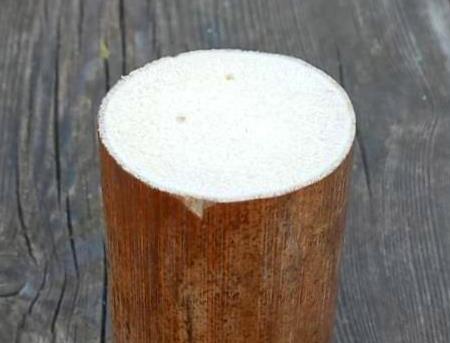
For this test, one side of a 10cm / 4’’ long dry Giant Fennel stalk portion was held over the flame of a disposable Butane lighter. The pith started hesitantly to smolder. If not blown upon, it stopped smoldering and went cold. Repeated lighting and strong blowing resulted in a brightly glowing ember. It was impossible to blow upon the ember and simultaneously take a photo, as without an additional oxygen supply, the ember immediately went cold. I had to blow, and another person had to take the pictures.
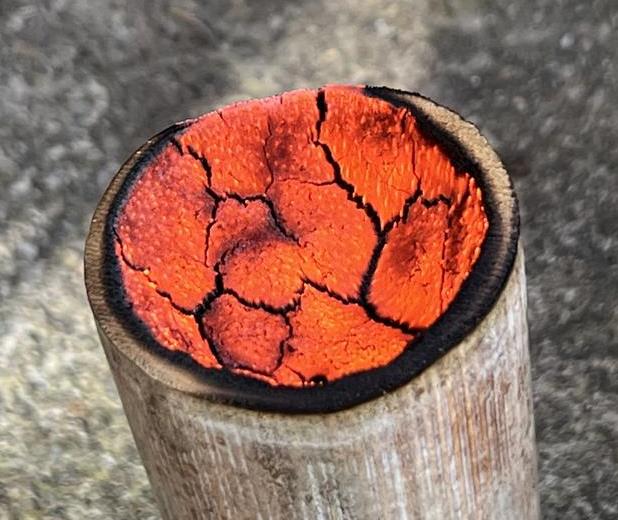
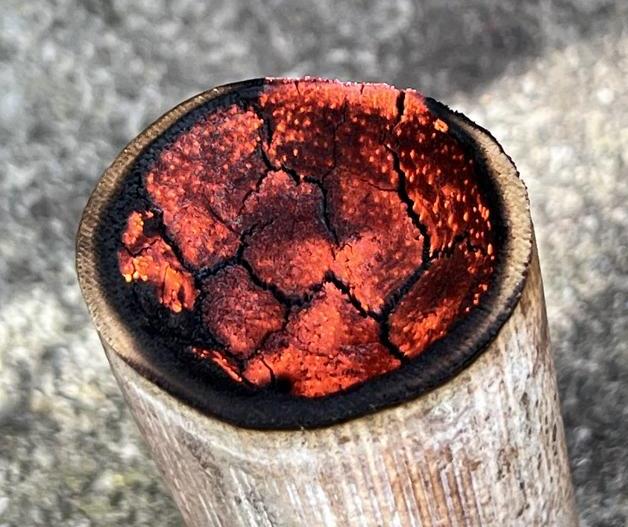
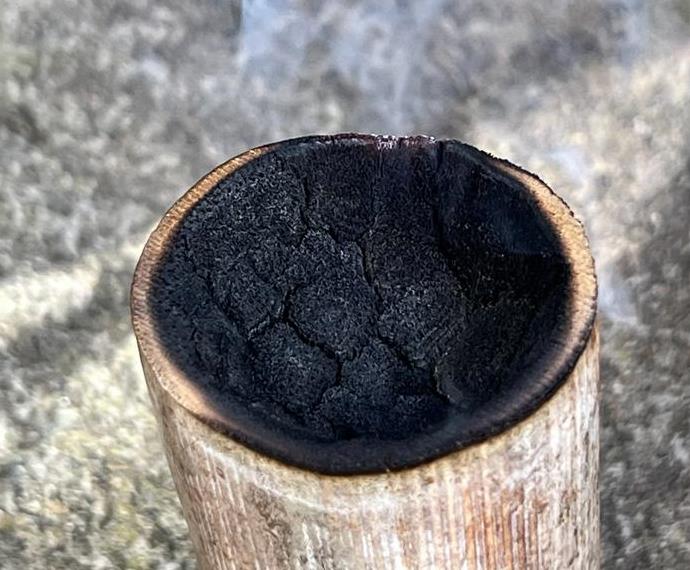
Repeated lightening of the pith with the Butane lighter did not change the former result. The pith lit up whenever there was strong blowing (increased oxygen supply). As soon as the blowing was stopped, the smoldering went cold and stopped.

When the burned stalk was cut open lengthwise, the depth of the smoldering zone was very thin, which means that the hot temperature only lasted for a very short time.
Smoldering test 2 – Live coal on a flat Giant Fennel pith surface
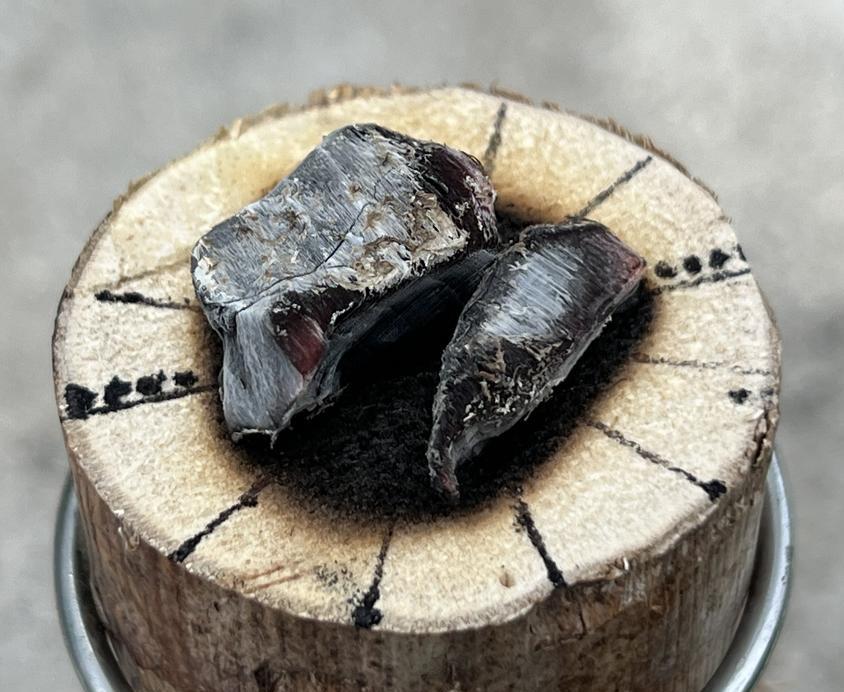


As a second test, I put two glowing pieces of coals on the flat surface of a perpendicular cut fennel stalk and left them as they were. A slight wind of about 1 m/s was blowing in the surroundings. Not much happened, so I blew onto the coals on three occasions. The pith started glowing, and when my blowing stopped, they immediately stopped. So, I left the coals until they were burned down.
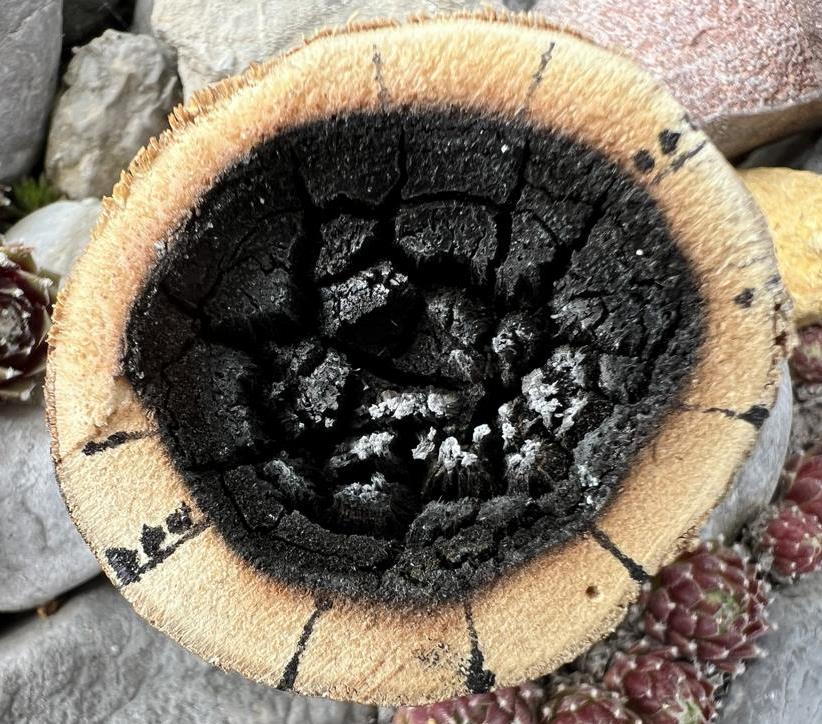
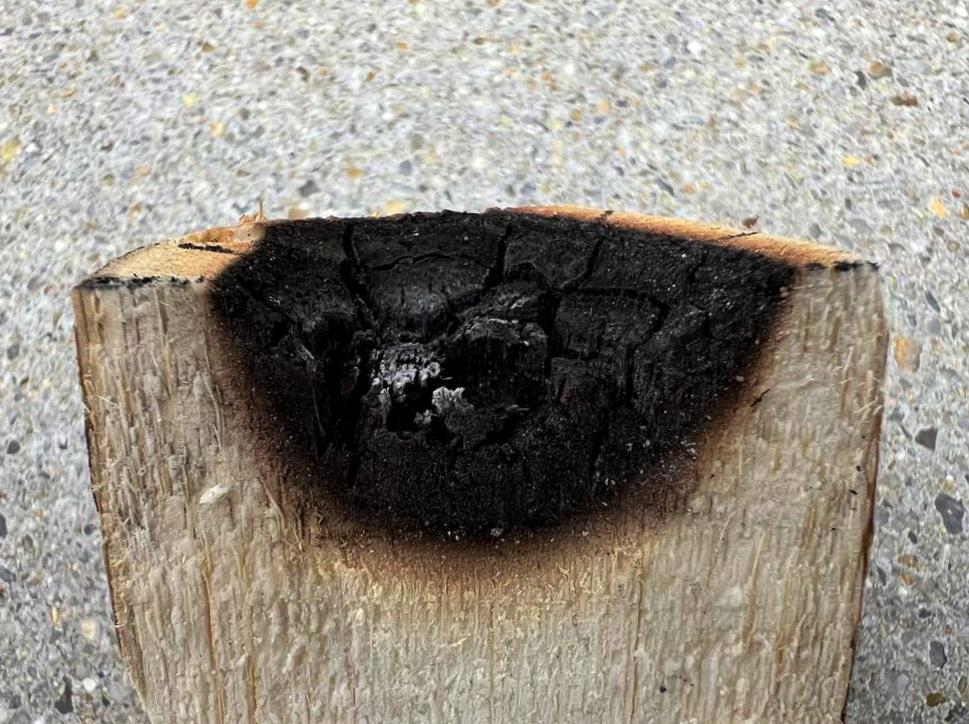
The coals were left on the pith for about 20 minutes until completely burned out. The bottom of the test object was charred so much that the maximum depth of the charred area was 14mm / 0.55’’ deep. Therefore, the temperature was high, but the pith never ignited or smoldered.
Smoldering test 3 – Live coal in an excavated cone within the Giant Fennel pith
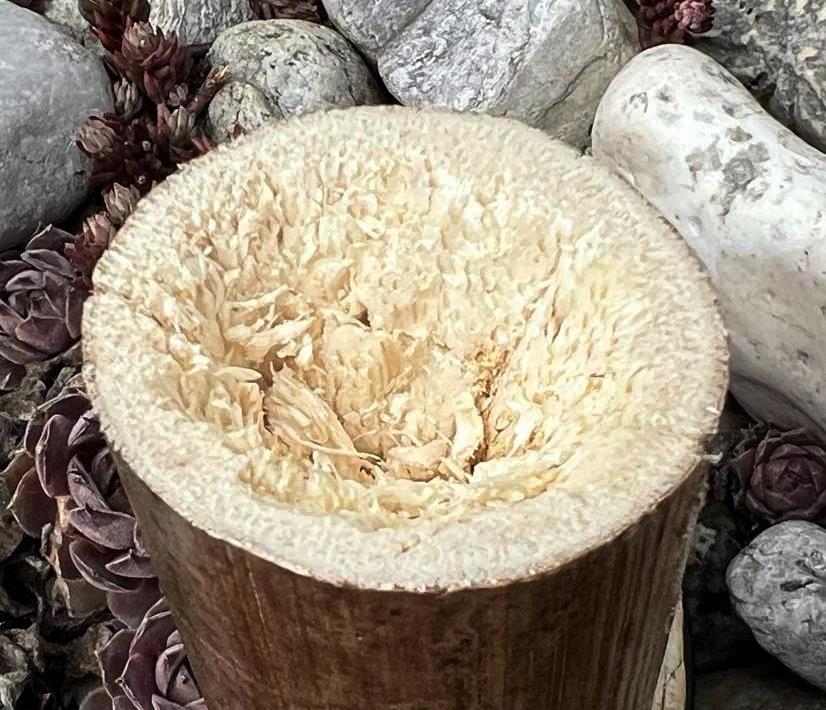
It could have been that the heat generated by the coals at test No. 2 was radiated to the outside. Therefore, I cut a cone into another Giant Fennel stalk and put live coal into it. The result was the same as before. When I was blowing, the coals and pith glowed up. When the blowing stopped, the coals went cold.
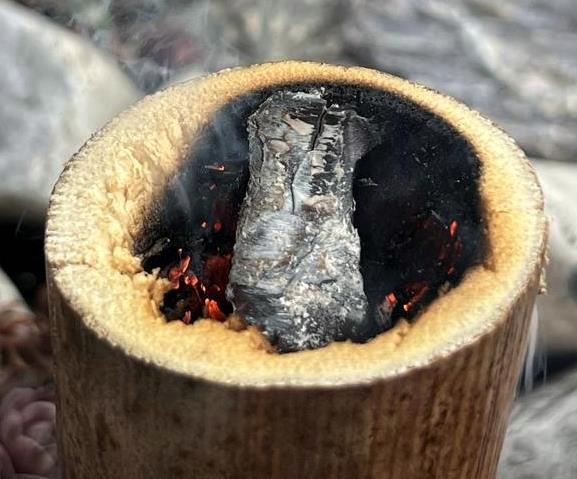
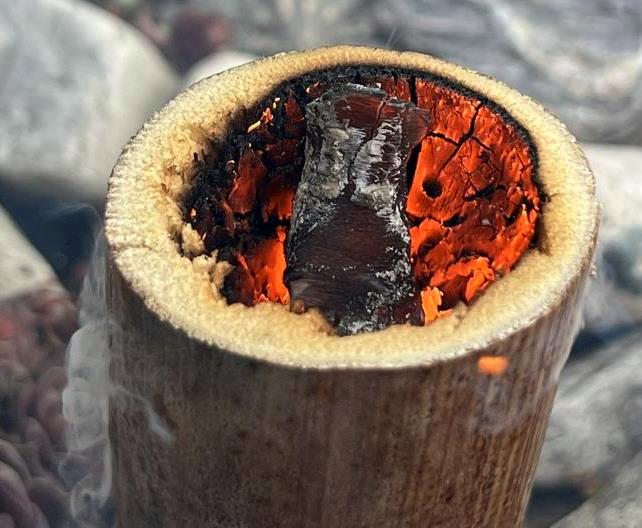
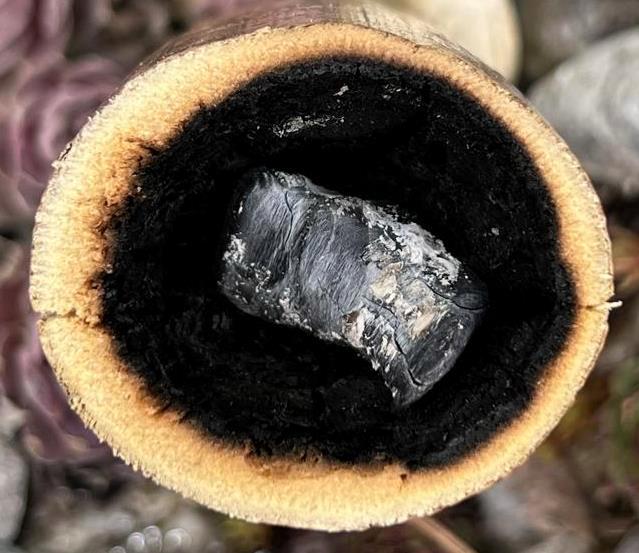
The pith never ignited, burned, or smoldered on its own. It only smoldered when there was a heat and oxygen source from outside.

The smoldering zone below the charred area changed color from whitish to yellowish. However, this temperature ingress was not high enough or able to ignite the Giant Fennel pith.
Smoldering test 4 – Containing the heat within the pith by capping it

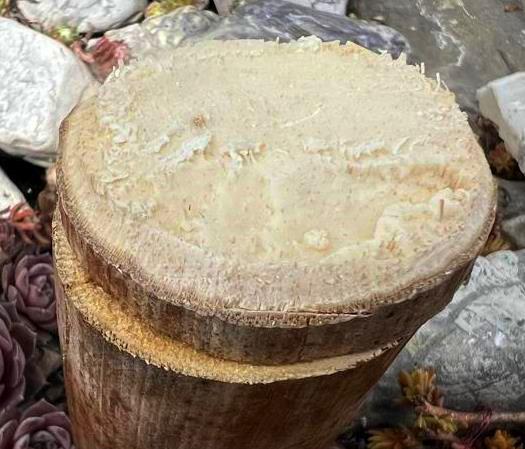

Test No. 4 should go one step further in containing the heat from the coals of test No. 3 by capping the live coal with a disc of Giant Fennel pith. It did not help. The coal’s heat just charred the cap a bit but did not ignite the pith to smolder. The ember quickly died due to lack of oxygen.
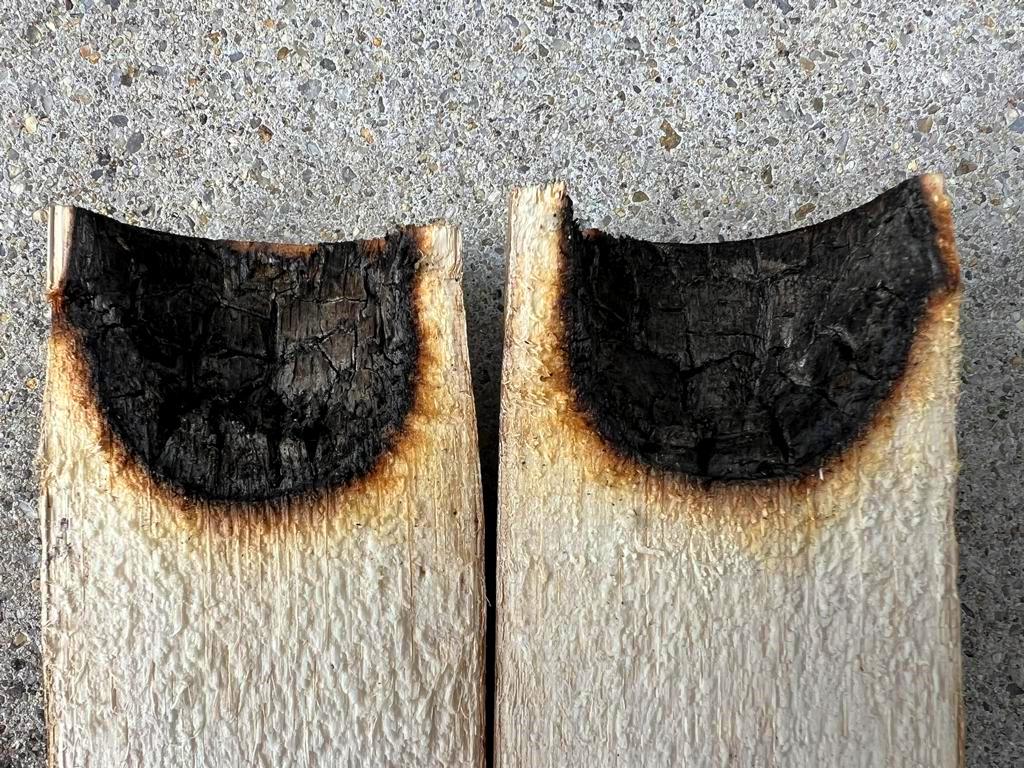
The smoldering zone was similar in color and extension to that at test No. 3. However, no auto-smoldering of the pith was generated.
Urban legend – busted
After all these tests, I am convinced that the Giant Fennel Ferula communis pith, collected at Bronte, Sicily, is unsuitable for transporting live coals or open fire. Every dry fungi is better suited to transporting embers over some distances than Giant Fennel pith.
This often repeated legend of Prometheus transporting fire from heaven to mankind does not stand the practical test. It is just a legend—which is busted.
It is scary to see so many people on the internet repeating this wrong story repeatedly. One author is just copying another one without checking the truth. Others even repeat hearsay, like fishermen in Kreta using these Giant Fennel stalks to carry fire, which is incorrect.
Please, folks out there, test these claims yourself! Based on my trials, I postulate that Giant Fennel pith is unsuitable for transporting fire. If your trials will lead to a different conclusion, kindly let me know in the comment section below.
Lessons learned from Giant Fennel pith for transporting fire
- The Prometheus legend is quite intriguing and a good story for small talk or fascinating students of Greek culture.
- A trial has shown that a butane lighter is ineffective for creating a lasting ember from Giant Fennel pith.
- Putting hot, live coals onto the pith only smolders the surroundings and will soon turn cold. Only when blowing into the coals does further smoldering occur.
- Transporting fire with the pith of a dry Giant Fennel stalk is an Urban legend – busted herewith.
.


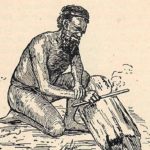


2 comments
John Ross
I’d suggest a variation on the experiment. 1. Drill a hole down through the stalk lengthwise, allowing a draft of fresh air from below. 2. Add a bit of fuel oil to the interior of the dried pith, allowing it to soak in.
Kurt Hoelzl
Good idea 😊
The effective length of an old-style mechanical drill of 5 mm dia is about 10 cm (4’’). If drilled from both sides, the length of a fennel stalk could therefore be max. 20 cm. The oxygen in the surrounding area is insufficient; it requires an increased wind speed. That means that somebody would have to blow from below through this hole, which seems to be a bit impractical.
Adding fuel oil to improve the burning of the pith is a novel approach. But we don’t want the pith burning. It should smolder for a considerable amount of time.
I therefore stand by my conclusion in the article. Giant Fennel pith does not smolder by itself (like a dried fungus does) and is hence not usable to transport an ember without artificial means.